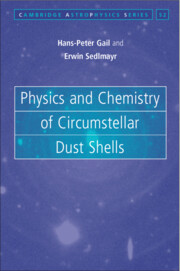1 - Introduction
from Part I - Setting the Stage
Published online by Cambridge University Press: 18 December 2013
Summary
General Scenario and Historical Background
In the year 1783, the astronomer Eduard Pigott discovered that a star in the constellation Coronae Borealis decreased rapidly in brightness within about a month. Finally, the star disappeared, but after some period of darkness, the light curve of this object recovered within about 500 days and then remained fairly constant for nearly a decade until another obscuration phenomenon repeated (Pigott 1797). Since that time, regular observations have confirmed this star – now named R Coronae Borealis (RCrB) – as an irregular variable representing a small, very specific class of objects all exhibiting this episodic brightness variations and other very similar and peculiar stellar characteristics, with the striking feature that the atmospheres of these stars are entirely dominated by the presence of helium and carbon but show nearly no hydrogen. Based on this finding, in 1934 E. Loreta suggested that the obscuration phenomenon of R CrB stars might be the result of an episodic avalanche of soot formation in the carbon-rich atmospheric environment (Loreta 1934), due to which the stellar brightness is dramatically reduced by extinction, an interpretation strongly supported by J. A. O'Keefe five years later by vapor-pressure arguments based on thermodynamic calculations (O'Keefe 1939).
- Type
- Chapter
- Information
- Physics and Chemistry of Circumstellar Dust Shells , pp. 3 - 28Publisher: Cambridge University PressPrint publication year: 2013

